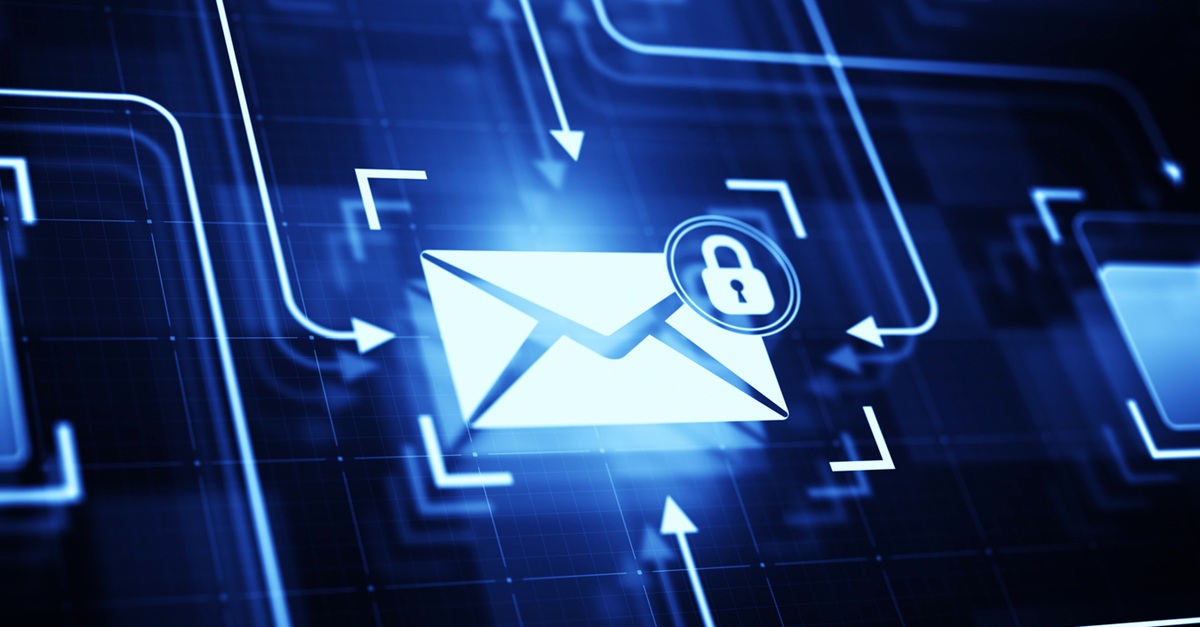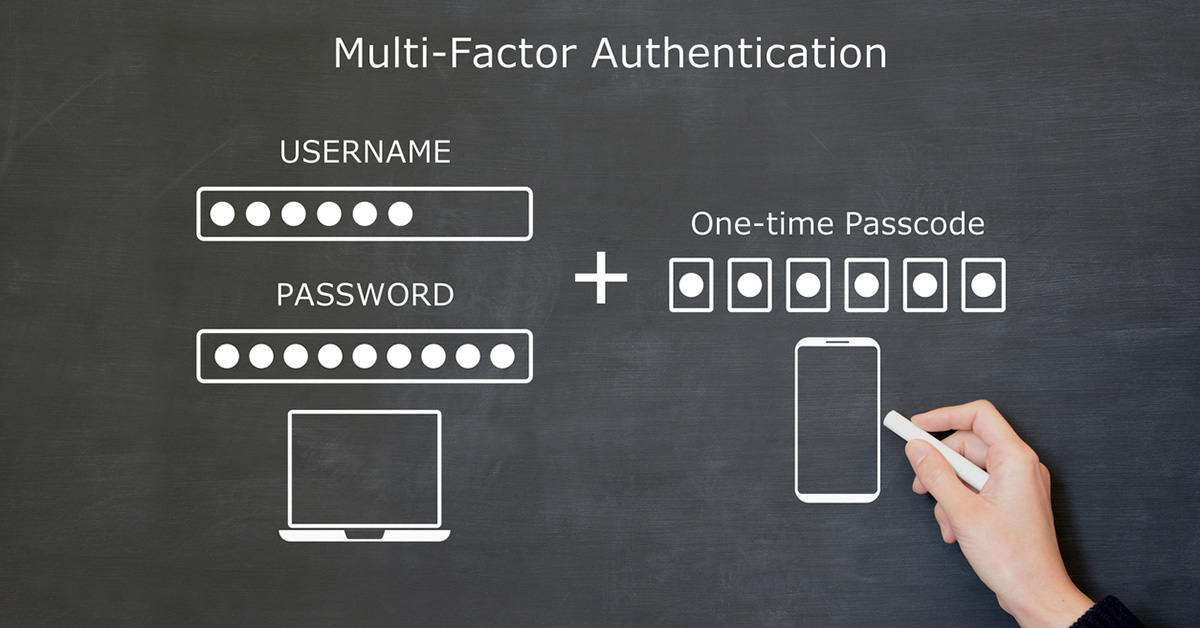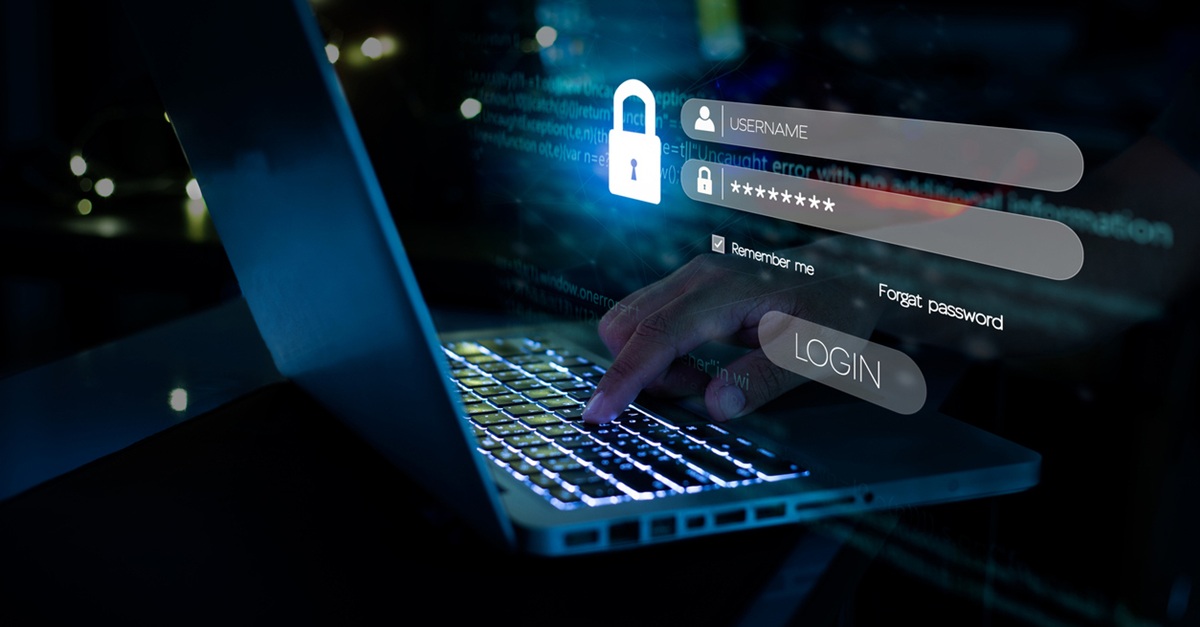
Cybersecurity Awareness Month: So etablieren Sie sichere Passwortgewohnheiten
Der Cybersecurity Awareness Month ist da und erinnert uns daran, dass wir unsere Passwortsicherheit und den Umgang mit Zugangsdaten strenger auslegen sollten. Ganz gleich, ob Sie ein IT-Experte, ein Managed Service Provider (MSP) oder einfach jemand sind, dem der Datenschutz wichtig ist – jetzt ist eine gute Gelegenheit, Ihre Gewohnheiten auf den Prüfstand zu stellen und strengere Standards festzulegen.
Angesichts der zunehmenden Cyberbedrohungen – 81 % der Unternehmen gaben an, im letzten Jahr eine Daten- oder Security-Verletzung erlitten zu haben, ist Phishing mit 57 % der Social-Engineering-Angriffe nach wie vor die bevorzugte Waffe der Angreifer. Deshalb ist die Etablierung intelligenter Passwortgewohnheiten wichtiger denn je.
Passwort-Ermüdung ist eine Tatsache, doch bessere Praktiken können Abhilfe schaffen.
Seien wir ehrlich: Die Menge an Passwörtern, die man sich merken muss, kann einfach zu viel sein. Das Jonglieren mit Dutzenden von Logins führt oft zu schlechten Praktiken wie der Wiederverwendung von Passwörtern oder der Wahl von Passwörtern, die leicht zu merken (und leicht zu erraten) sind. Studien zeigen weiterhin, dass schwache und wiederverwendete Passwörter immer noch weit verbreitet sind – und das ist ein großes Problem.
Cyberkriminelle nutzen diese Schwachstellen mit Bots, Brute-Force-Angriffen, Zugangsdaten-Stuffing und Phishing-Betrug aus. Schlampige Passwortgewohnheiten können zu kompromittierten geschäftlichen E-Mails, Account Takeover, Ransomware -Vorfällen und anderen schädlichen Cyberangriffen führen. Sobald ein Passwort geknackt wurde, können mehrere Konten und vertrauliche Informationen an die Öffentlichkeit gelangen.
Essentials: Best Practices für stärkere Passwörter
So können Sie die Kontrolle übernehmen und Ihre Passwörter für Sie arbeiten lassen, nicht gegen Sie:
- Verwenden Sie Passwörter nicht für mehrere Konten. Wird ein Passwort gestohlen, gewährt es nicht auch noch Zugriff auf Ihre anderen Konten.
- Machen Sie Ihre Passwörter lang und komplex. Streben Sie mindestens 14 Zeichen an, darunter eine Mischung aus Buchstaben, Zahlen und Symbolen. Vermeiden Sie gebräuchliche Wörter, Phrasen oder persönliche Informationen wie Geburtstage und die Namen Ihrer Haustiere.
- Nutzen Sie einen Passwortmanager. Diese Tools helfen Ihnen, starke Passwörter zu generieren und sicher zu speichern, was es einfacher macht, überall einzigartige Zugangsdaten zu verwenden und Passwörter schnell zu aktualisieren, wenn Sie kompromittiert werden. Ein Offline-Passwortmanager sorgt für noch mehr Sicherheit.
- Überwachen Sie Ihre Zugangsdaten auf Sicherheitsverletzungen. Nutzen Sie Dienste, die Sie benachrichtigen, wenn Ihre Passwörter in durchgesickerten Daten auftauchen, und ändern Sie Ihre Zugangsdaten sofort, wenn eine Sicherheitsverletzung festgestellt wird.
- Teilen Sie niemals Ihre Passwörter. Die Weitergabe von Zugangsdaten, selbst aus praktischen Gründen, gefährdet Ihre Konten. Bewahren Sie Ihre Passwörter stets geheim auf.
- Überprüfen Sie Ihre Passwörter regelmäßig. Machen Sie es sich zur Gewohnheit, die Zugangsdaten alle paar Monate zu überprüfen und zu aktualisieren, besonders für wichtige Konten.
Ermutigen Sie Ihre Kollegen und Nutzer, diese Passwortsicherheitsroutinen zur Selbstverständlichkeit zu machen – ie Integration in die täglichen Arbeitsabläufe hilft, dauerhafte Gewohnheiten aufzubauen.
Machen Sie Passwortsicherheit zur Gewohnheit
Eine Kultur der Cybersicherheit aufzubauen beginnt mit konsequenten und intelligenten Verhaltensweisen. Überprüfen Sie regelmäßig Ihre Zugriffskontrollen, ermutigen Sie andere, sicherere Passwörter zu verwenden, klären Sie sie über Bedrohungen wie Phishing und Session Hijacking auf und verbreiten Sie Best Practices. Legen Sie einen Incident-Response-Plan bereit, damit Sie schnell handeln können, wenn etwas schiefgeht – rechtzeitiges Handeln kann die Auswirkungen eines Verstoßes minimieren.
Denken Sie daran: Die Sicherheit von Passwörtern ist keine einmalige Aufgabe, sondern eine fortlaufende Verpflichtung. Ergreifen Sie umgehend Maßnahmen, um Ihre Konten zu schützen und anderen zu helfen, dasselbe zu tun.
Bleiben Sie dran: Nächste Woche geht es darum, warum es wichtiger denn je ist, Software immer auf dem neuesten Stand zu halten – insbesondere angesichts des offiziellen Endes von Windows 10.
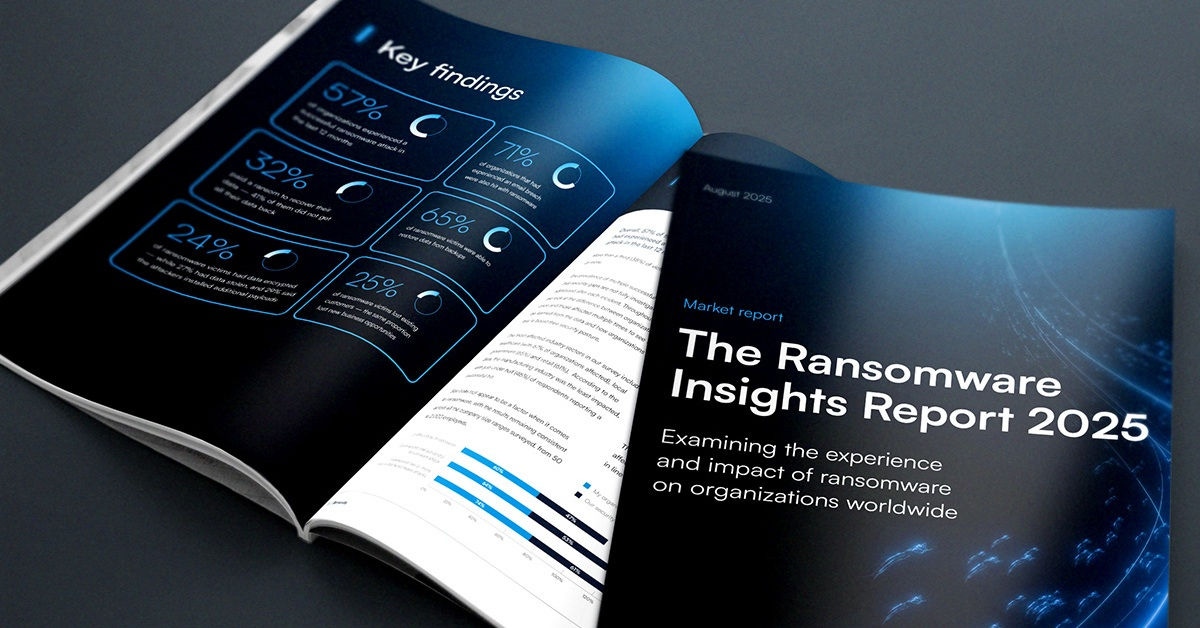
Der Ransomware Insights Bericht 2025
Wichtige Erkenntnisse über die Erfahrungen und Auswirkungen von Ransomware auf Unternehmen weltweit
Abonnieren Sie den Barracuda-Blog.
Melden Sie sich an, um aktuelle Bedrohungsinformationen, Branchenkommentare und mehr zu erhalten.
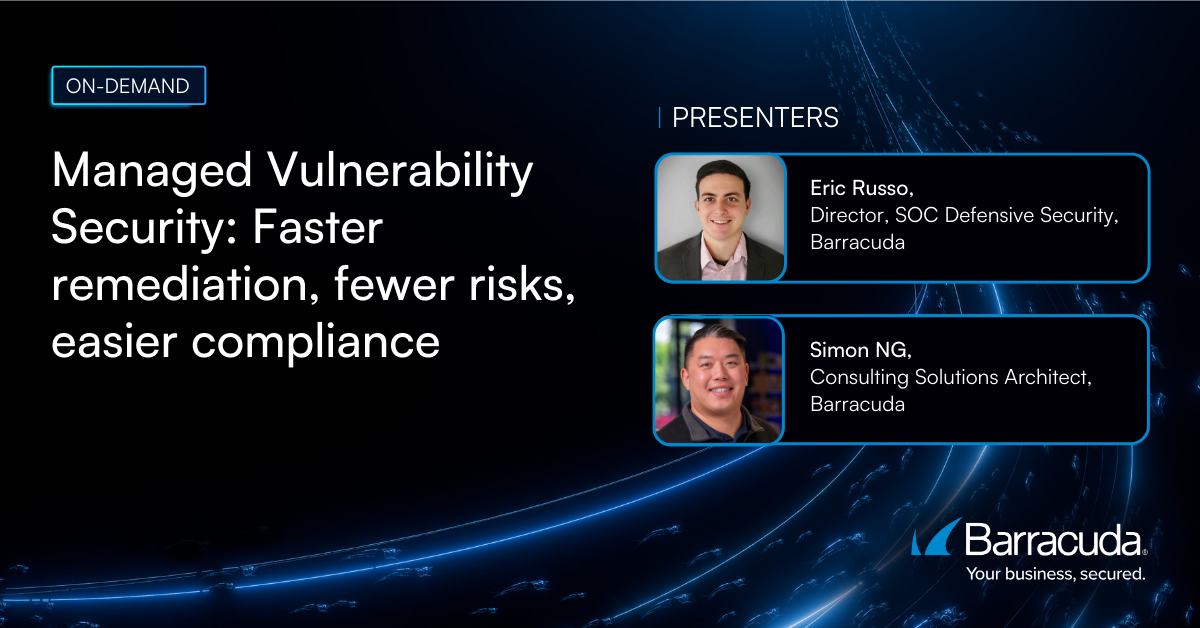
Managed Vulnerability Security: Schnellere Behebung von Schwachstellen, weniger Risiken, einfachere Compliance
Erfahren Sie, wie einfach es sein kann, die von Cyberkriminellen bevorzugte Schwachstellen zu finden.


